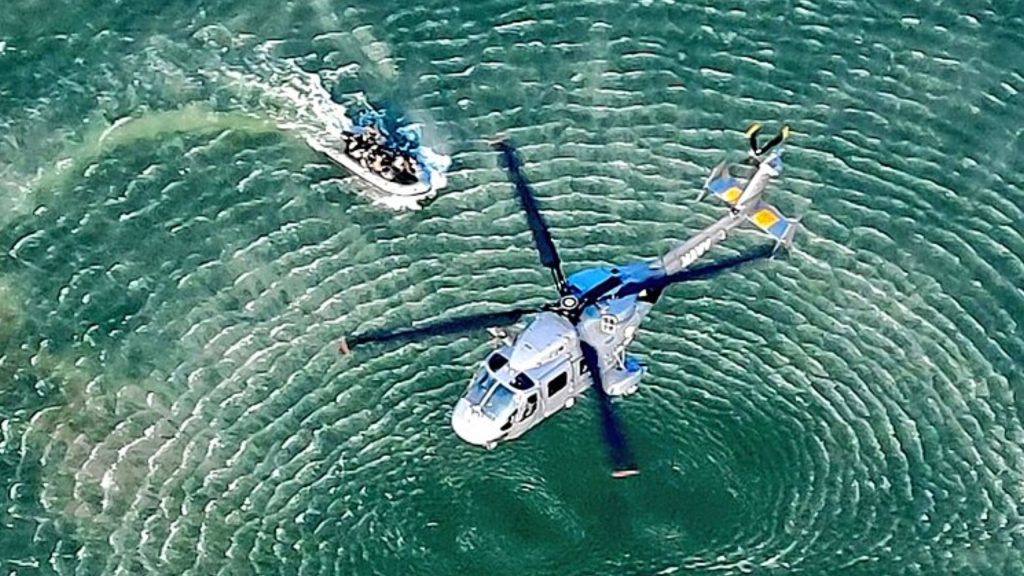
Hindustan Aeronautics Limited (HAL) has fired off a strongly worded public clarification, lashing out at “so-called defence analysts,” “former pilots,” and even “arm-chair critics” for what it calls “malicious” and “speculative” narratives in the wake of the January crash of a Dhruv Advanced Light Helicopter (ALH) operated by the Indian Coast Guard. Here’s that full statement:

It’s understandable that HAL feels cornered. The weeks since the crash have seen a torrent of criticism directed at the public sector aviation giant—from questions about quality control and platform reliability, to deeper structural concerns about its accountability and responsiveness. Some of that commentary has been right here on Livefist. You can read some of those pieces here and here. But HAL’s statement today suggests a company still more preoccupied with reputation management than root-cause resolution.
This isn’t the first time HAL has fired back. In 2020, it even went after a former Navy chief, Admiral Arun Prakash, for describing the company as “lethargic and deadbeat.” In doing so, HAL crossed an invisible red line—it showed it was willing to expend its energy firing at detractors, rather than taking critique on the chin and answering it with transparency and performance.
But in this case, HAL simply doesn’t have the reputational runway to launch such a counter-offensive. A scolding by its principal customer in February appears to have embittered HAL to the point where the institution has felt the need to vent rather than quietly fix very real problems.
A months-long fleetwide grounding of its flagship ALH Dhruv helicopter, which remains unresolved in multiple services, is arguably the most serious operational crisis the company has faced in years. In that context, this statement reads less like damage control and more like blame deflection.
What HAL seems to forget is this: silence breeds speculation. The absence of regular, factual, and technical updates—especially during a prolonged fleet grounding—has created a vacuum. That vacuum has been filled by voices outside HAL. Some might be misinformed, some unfair. But many are experienced and credible, and reflect long-standing concerns within the services themselves.
By issuing an angry statement instead of a transparent status update, HAL risks appearing defensive and fragile—an image that a frontline aerospace manufacturer simply cannot afford.
In times of crisis, narrative control is earned, not demanded. HAL’s singular focus now must be on three things:
1. Fixing whatever systemic issues led to the ALH’s operational crisis,
2. Demonstrating measurable improvements in quality and customer responsiveness, and
3. Rebuilding trust with its most important stakeholders: the armed forces.
Until then, HAL’s best defence is not against its critics—but in its helicopters getting safely back into the skies.

Very sad to see you write this. HAL should be allowed to defend itself. Why don’t you post a fatalities per 10000 flying hour comparison for Dhruv, Mi-17, western helos ( a Bell 206 crashed today – should we ban it?).
Yes this must be fixed. It is a problem for all platforms when some part undergoes failure. There you are correct. Please treat all parties fairly.
Case in point -150-200 pilots have died in MiG-21a alone! During peacetime. Does that excuse HAL? No. But they need to fix this .